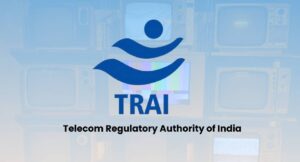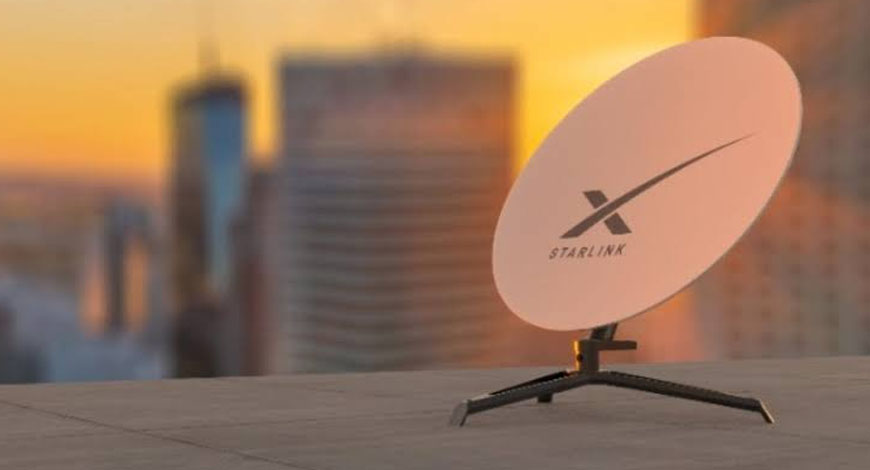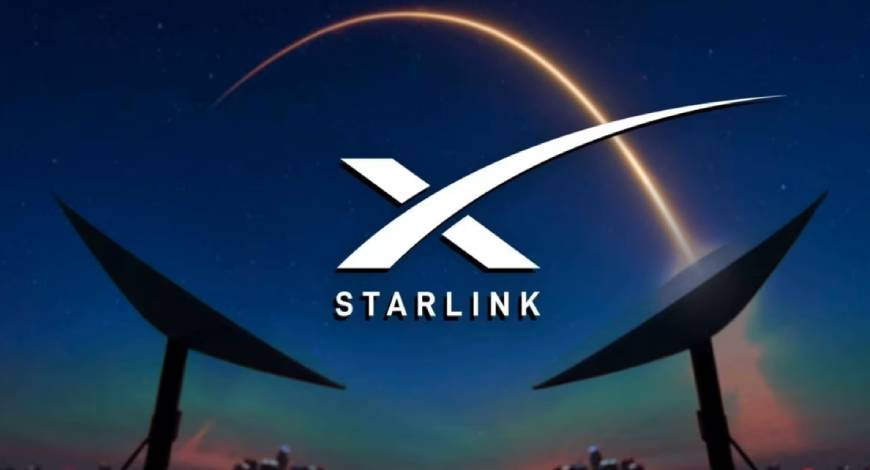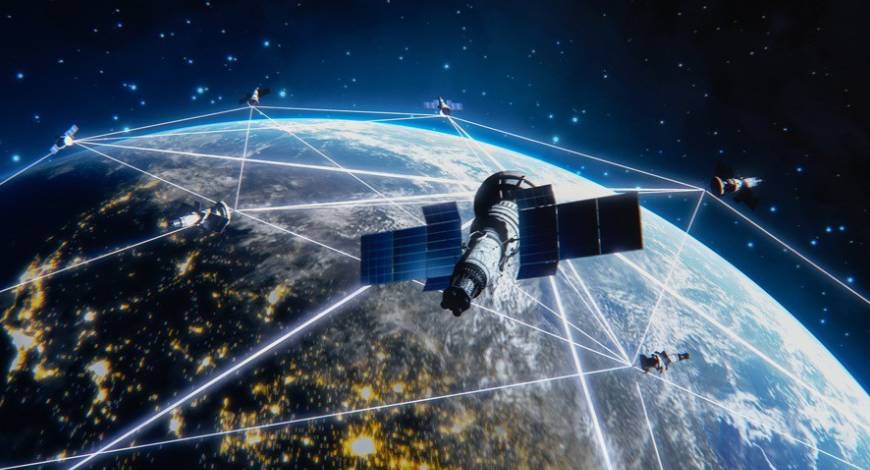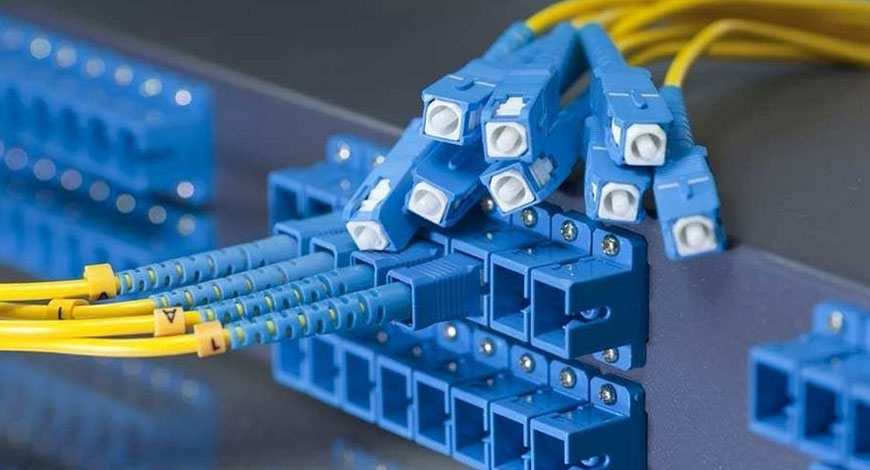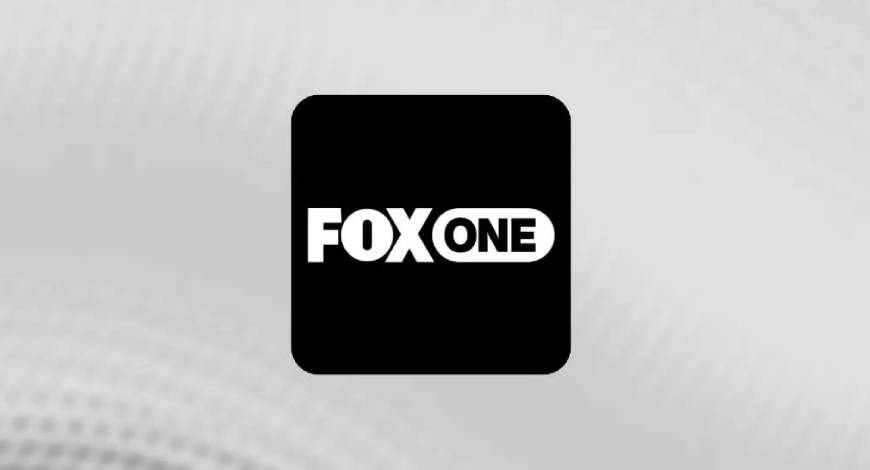Fox Corporation today announced the official launch of FOX One, a bold new streaming service that brings together the full portfolio of FOX’s News, Sports and Entertainment branded content—all in one place, both live and on demand.
Available today across major web, mobile and connected TV platforms, FOX One is priced at $19.99/month with a 7-day free trial or $199.99/year, with the option to add-on B1G+ or bundle FOX Nation for an even greater value. Starting October 2, customers will also have the opportunity to bundle FOX One with ESPN DTC Unlimited for $39.99/month.
Designed for today’s digital-first audience, FOX One is here to serve the 65+ million U.S. households that live outside the cable bundle. With something for everyone—FOX One offers ease of access to the bold voices, breaking news, career-making plays, dynamic features and entertainment America loves and has come to expect from FOX, all in a single, highly personalized platform.
“We are excited to get FOX One in the hands of viewers today, and bring our leading News, Sports and Entertainment programming to fans who have been underserved in the streaming ecosystem to date,” said Pete Distad, CEO, Direct to Consumer, Fox Corporation. “In my time here, I have come to appreciate that FOX is as ambitious and entrepreneurial a tech company as it is a media company. The team has worked tirelessly to bring all of our live programming together with our emerging technology into the new FOX One platform in a very short period of time…and we are just getting started. FOX One will continue to rapidly evolve in the weeks and months ahead to seek to not only meet, but exceed our customers’ expectations for a premium and personalized viewing experience in an AI-powered world.”
“We live for live” – fox’s superpower, now streaming
With FOX’s long legacy as a leader in live programming, the introduction of FOX One is a powerful extension of that DNA. FOX One delivers a seamless, live streaming experience for the moments that matter most, from breaking news and record-setting sports to must-see competition series and acclaimed animation.
A new standard for streaming technology
FOX’s incomparably executed live-stream presentation of Super Bowl LIX on Tubi raised the bar for digital broadcasting at scale, reaching 15.5 million peak concurrent viewers and 24 million unique viewers. FOX One builds on that technological achievement and momentum with a next-generation platform engineered for a live-first experience.
Underpinning the experience are smart, purpose-built AI integrations that give audiences of all types choice and flexibility in when and how they watch. From personalized content packaging and publishing to intelligent discovery, enhanced search capabilities powered in partnership with Perplexity and responsive support through Sierra AI, FOX One applies emerging tech to unlock value, clarity and connection.
- Live and unfiltered: fox one has a robust collection of live sports, news and entertainment for your viewing pleasure. The latest news and biggest plays as they happen in real time. Stay current with breaking news as it unfolds. From our hottest fox series to iconic live events—you won’t miss a beat. We live for live.
- Fox news – now available on fox one: stream fox news live 24/7 anytime, anywhere. Get around-the-clock access to live coverage, breaking news and your favorite fox news shows—all in one seamless experience, with alerts to keep you informed.
- Your fox, your way: skip the search and cut down on aimless scrolling with personalized content from fox one. Discover relevant live and on-demand shows right on your home screen.
- Record your favorites: watch live or save it for later. You can record your favorite leagues, teams and shows with no storage limits. Find all your recordings in your personal library to enjoy anytime.
- Catch up with highlights: joined the game late? No problem—catch up with the highlights you missed, then join live instantly. Bypass the spoilers and hide the live score until you’re all caught up. The biggest moments in sports, served just how you like them.
- Swipe-worthy shorts: discover the top trending sports stories, informative news, and tv clips filled with jaw-dropping hot takes in a fresh vertical video format. Get all the moments you crave in bite-sized, sharable pieces of content. (currently in beta)
FOX One was built from the ground up to meet the evolving needs of today’s cord-cutters and cord-nevers. With a loyal, intentional fanbase, premium content portfolio and differentiated technology, FOX One is poised for the next era of streaming.
Modern bundling options & flexible access
With ease-of-access and a full slate of programming at their fingertips—FOX One has something for everyone, all in one place. FOX One is now available on Apple iOS and Android mobile, web (www.FOXOne.com) and connected TV platforms including Roku, Amazon Fire TV and Prime Video Channels, Apple TV, Google TV, Android TV, Microsoft Xbox, Samsung, LG and VIZIO. Existing pay TV customers will have the ease of authenticating within the FOX One platform for no additional cost.
FOX Nation and B1G+ are available on the FOX One platform where users can add-on B1G+ or bundle FOX One and FOX Nation for $24.99 per month or the equivalent of $19.99 per month when purchasing the annual plan at launch.
And, in a recently announced partnership with ESPN, sports fans will have the opportunity to bundle the new ESPN DTC Unlimited offering with FOX One for $39.99 a month beginning October 2. Through this bundle, viewers will have access to all of ESPN’s linear networks—ESPN, ESPN2, ESPNU, SECN, ACCN, ESPNEWS, ESPN Deportes—in addition to ESPN on ABC, ESPN+, SECN+ and ACCNX, covering 47,000 live events each year, on-demand replays, studio shows, original programming, as well as newly expanded NFL content and more in addition to the complete FOX One content offering.
FOX One will continue to explore ways to maximize value for subscribers with additional bundling options.
Strategic marketing & audience engagement
To bring the service to market, FOX One’s launch campaign hones in on FOX’s dominance in the area of LIVE and its distinguishing functionality in the service. “We Live For LIVE” connects with today’s cord-cutters and cord-nevers where they live, through a host of creator platforms, social media, podcasts and digital-first strategies. PR Newswire

